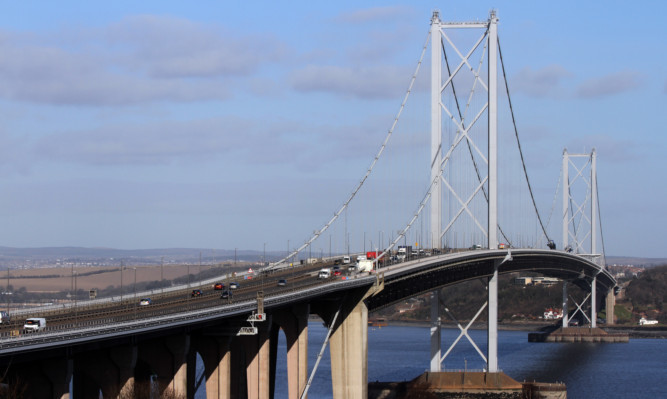Fears that the Forth Road bridge’s anchorages are extensively corroded have proved unfounded.
A £3.5 million survey to investigate the tensioned strands in the south anchorage tunnels yielded “unexpectedly good results” according to chief engineer and bridgemaster Barry Colford.
Before the excavation, carried out by John Graham (Dromore), it was feared there could have been significant deterioration within the strands. The concrete encased anchorages had never been inspected since the bridge was opened in 1964.
However, the good news was that the external surfaces of the ducts were in very good condition, and where exposed the strands were in good condition with no visible signs of corrosion of the wires.
In a report going before the Forth Estuary Transport Authority Mr Colford said there was enough evidence for him to conclude that the anchorages on the southern side of the bridge were satisfactory.
“Based on the information available from the investigation, I consider that the risk of the structural integrity of the southern anchorages being compromised has been reduced significantly as a result of these findings.”
He said the risk of having to replace the anchorages during the remaining service life of the bridge was “relatively low”.
As the system of grout and ducts “appears to have provided excellent protection” for more than 50 years that system should be replicated when resealing the anchorages.
There will be a programme of monitoring the anchorages for signs of corrosion emanating from sockets or plates along with checks for movement of the plates themselves.
While it is believed the risk of damage to the bridge was low, the monitoring would provide a low-cost way of being assured the anchorages were not deteriorating.
The news comes only months after it was revealed the life span of the 48-year-old bridge could be decades longer than previously thought after dehumidification equipment was used to dry out the main supporting cables that had suffered corrosion.
An inspection indicated the dehumidification project had significantly slowed down corrosion of the thousands of individual steel wires that bear the weight of the bridge.
